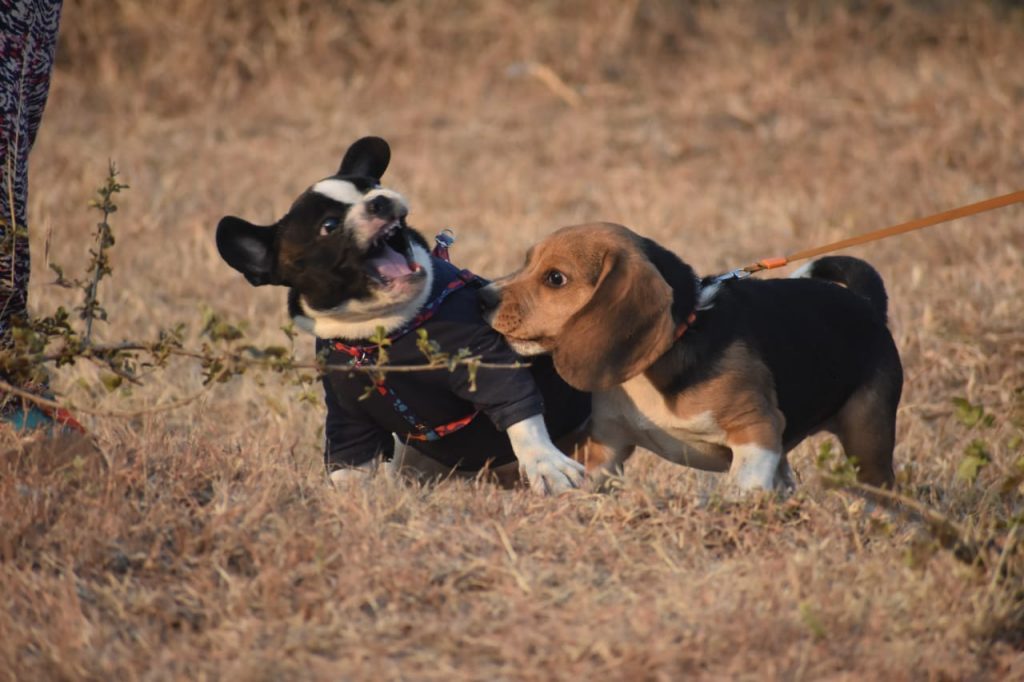Moving to a new environment can be an exciting yet challenging experience for both humans and their dogs.
Dogs, in particular, may exhibit changes in their behavior as they adapt to their new surroundings. If you’ve noticed your dog, barking and jumping when encountering people in your new society, don’t worry—it’s a normal response to the change.
In this article, we’ll explore why dogs may display such behaviors and provide you with practical tips to help your canine companion settle in comfortably.
Understanding Territorial Behavior:
When dogs are introduced to a new environment, they often feel the need to establish their territory. This behavior stems from their instinctual nature and can manifest in various ways, including barking, jumping, or displaying protective instincts.
Dog’s barking and jumping are likely expressions of his desire to protect his newfound territory and establish his presence.
Tips for Helping The Dog Adjust:
- Provide a Structured Walk: Regular exercise is essential for maintaining your dog’s physical and mental well-being. Take your dog on daily structured walks, ensuring he receives ample opportunities to release any pent-up energy. A tired dog is generally calmer and more receptive to training.
- Introduce a Transition Routine: After your walks, allow the dog to sit outside the house for a few minutes before bringing him inside. This transitional period helps him calm down and prepares him for the change in environment. Gradually, he’ll associate this routine with a sense of relaxation.
- Encourage Calmness: When the dog enters the house, avoid unleashing him right away. Wait until he settles down and becomes calm before releasing him. This practice reinforces the importance of remaining calm and relaxed indoors.
- Create a Safe Haven: Set up a secluded space for the dog where he can retreat and rest comfortably. This designated area provides him with a sense of security and ownership within your new home. Consider using a crate or a designated corner with his bed and toys.
- Leash Time and Chew Toys: To help the dog feel secure in his new environment, leash him in his designated area for an hour or two daily. Provide him with engaging chew toys, such as natural bones or Kong toys, to keep him occupied and distracted. These toys also promote dental health and discourage destructive chewing.
- Practice Calm Interactions: When interacting with the dog, follow the rule of “no touch, no talk, no eye contact” until he has calmed down. Only provide attention and acknowledgment when he exhibits calm behavior. This approach reinforces that calmness is rewarded.
- Educate Your Guests: Inform your friends and neighbours about Dog’s adjustment period and request that they practice “no touch, no talk, no eye contact” when they encounter him. Consistency among all individuals in his environment will help the dog understand the desired behavior.
Adjusting to a new environment can be a challenging process for dogs, and it’s not uncommon for them to exhibit territorial behaviors like barking and jumping.
By understanding the underlying reasons for these behaviors and implementing the tips provided, you can help your dog settle into his new home comfortably. With time, patience, and consistent training, the dog will adapt to the changes and regain his human-friendly nature.
Remember, every dog is unique, so tailor your approach to suit your dog’s individual needs.



